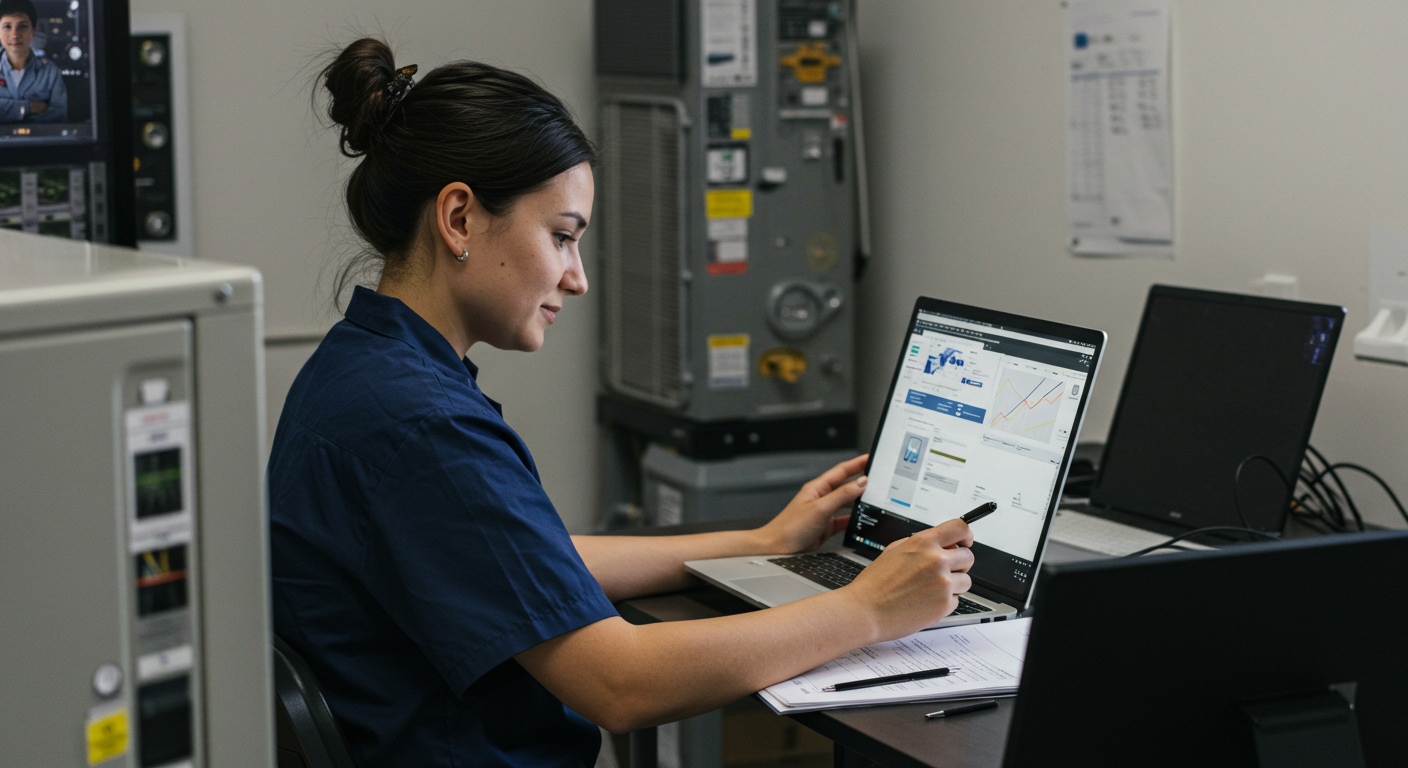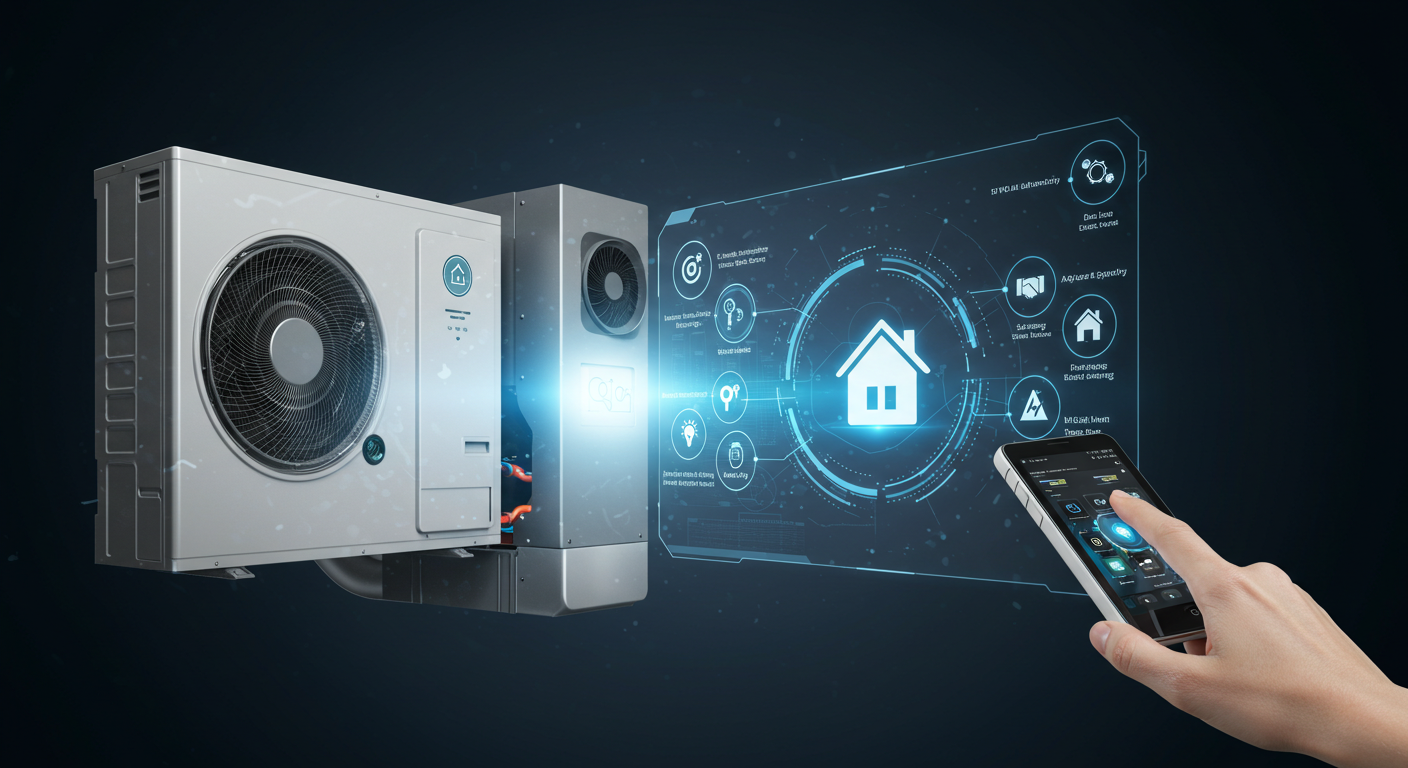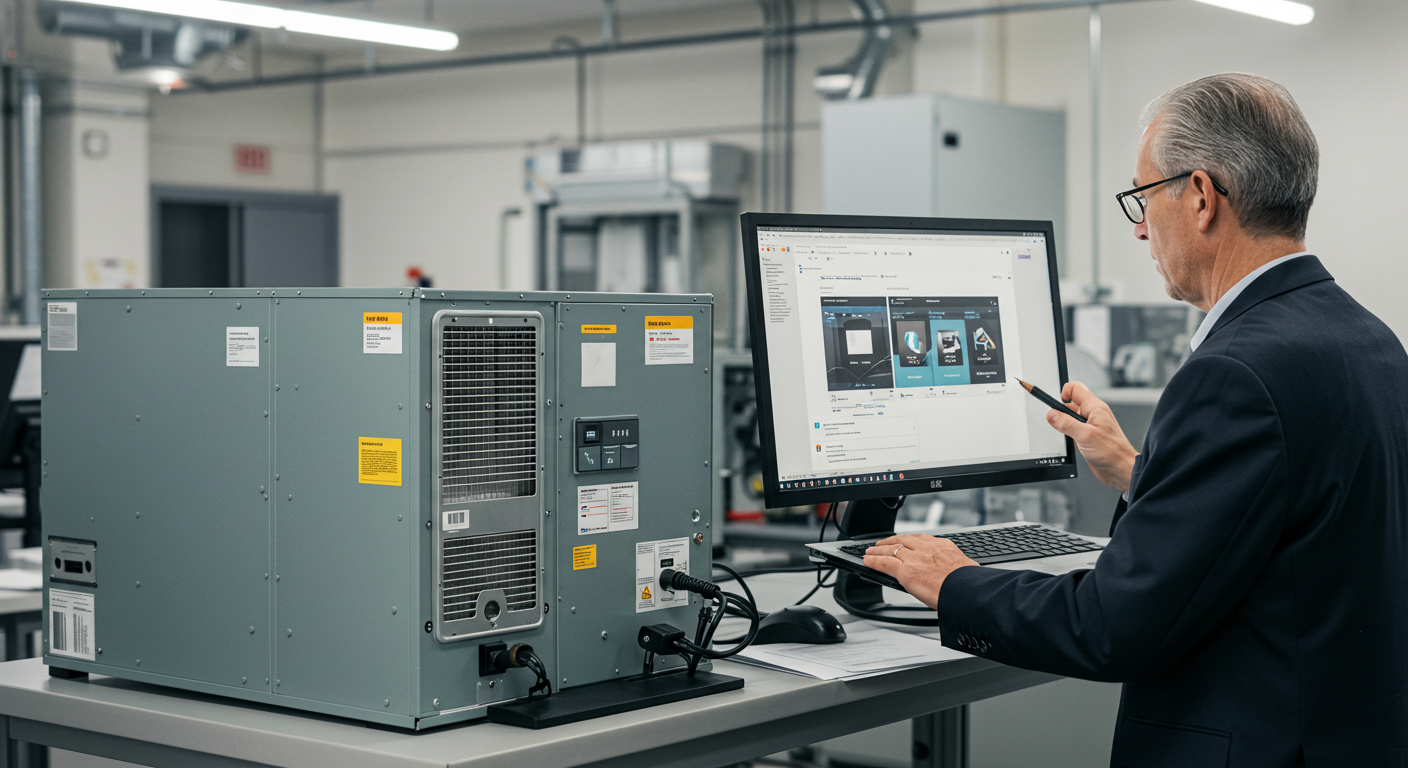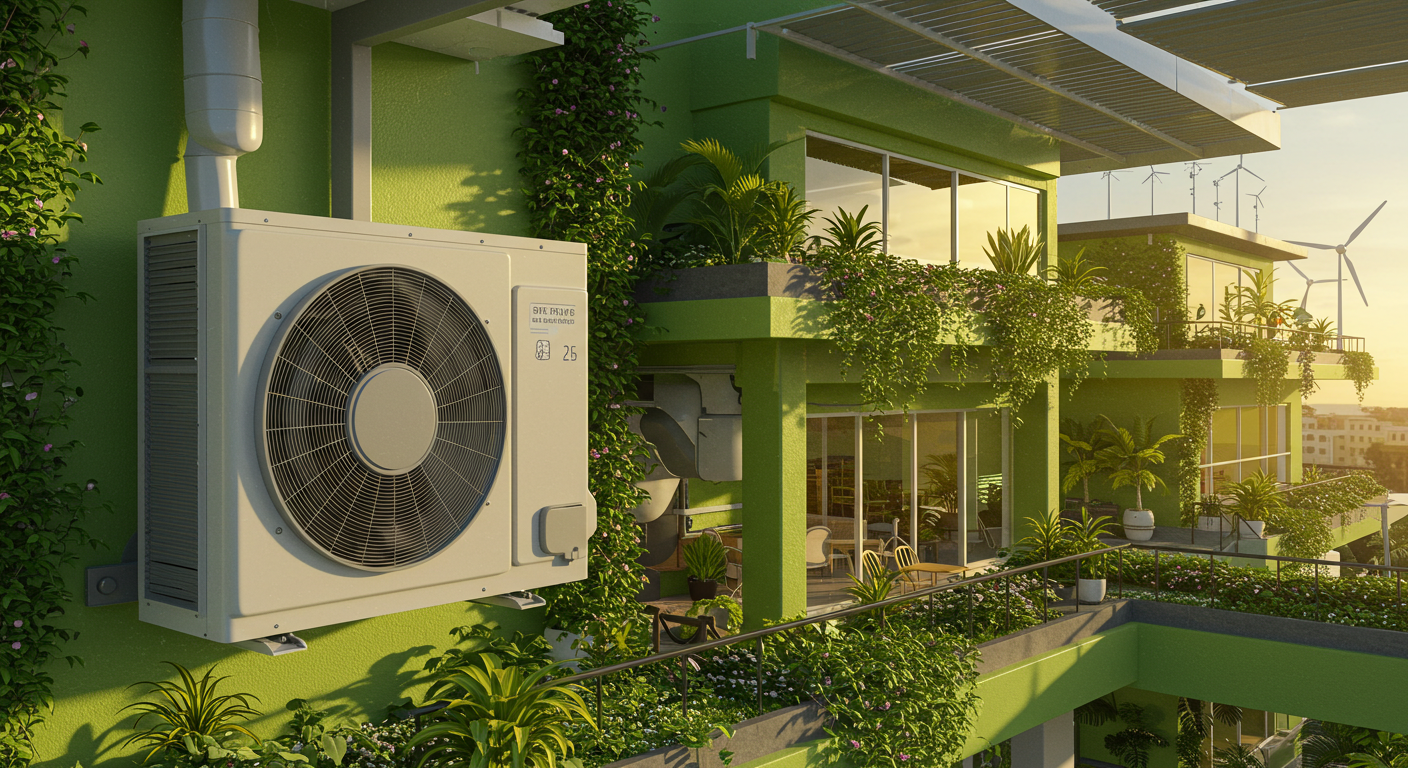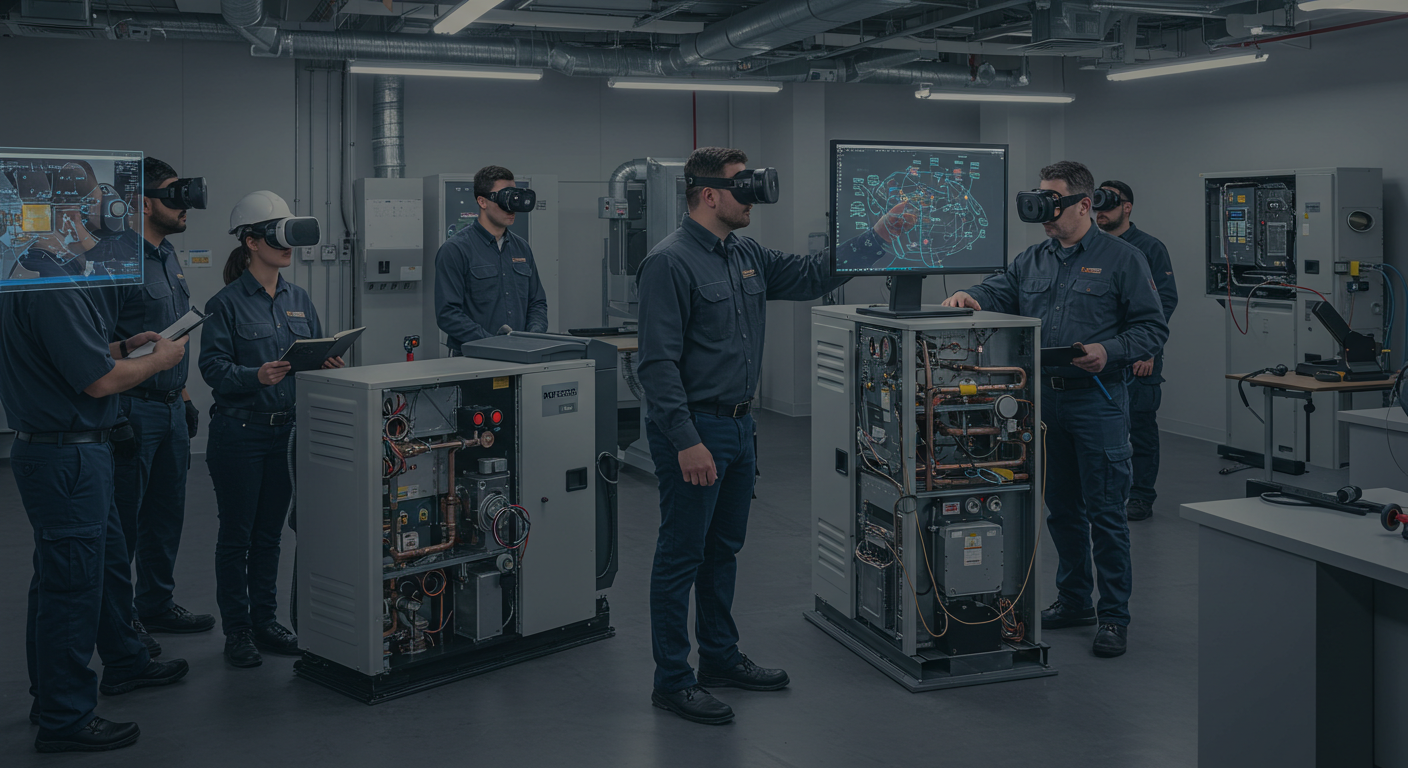Building Strong HVAC Leadership Teams: Strategies for Success
The HVAC industry is facing a critical challenge: a severe leadership shortage compounded by a growing demand for skilled professionals. With 110,000 vacant positions against a workforce of 290,000 technicians, the need for effective leadership is more urgent than ever. This article explores how to cultivate strong HVAC leadership teams to keep up with industry growth and enhance business success.
Understanding the Leadership Gap in HVAC
Despite the booming market, many HVAC businesses struggle due to a lack of leadership development. The industry’s focus on technical skills often overshadows the need for business acumen and management skills. This oversight contributes to a high failure rate among new HVAC companies. To turn the tide, it’s crucial to integrate leadership training into the professional development of HVAC technicians.
Diversifying Leadership in HVAC
Diversity in leadership brings a wealth of perspectives and innovative solutions. Unfortunately, female representation in HVAC roles is alarmingly low, ranging from 3-9%. Building inclusive leadership programs can harness untapped potential and drive the industry forward.
Opportunities for Market Growth
The U.S. HVAC market is expected to grow significantly, creating thousands of new jobs by 2033. This expansion highlights the need for leadership-ready professionals to manage teams effectively and capitalize on market opportunities. By prioritizing leadership development, businesses can reduce potential revenue losses and enhance operational efficiency.
- Invest in comprehensive HVAC leadership training programs.
- Encourage gender diversity and inclusion in leadership roles.
- Focus on developing both technical and business management skills.
- Explore geographic regions with high employment potential for leadership initiatives.
- Embrace advanced technologies like Ruud systems to stay competitive.
Advanced Training for HVAC Leaders
Modern HVAC training programs are evolving to include project management, team development, and business operations. These programs are essential for preparing technicians to take on leadership roles. Companies, especially those with 50-500 employees, have a significant opportunity to foster leadership within their ranks.
FAQ: HVAC Leadership Development
What are the key qualities of effective HVAC leadership?
Effective HVAC leaders possess strong communication skills, technical expertise, and the ability to manage and motivate teams.
How can HVAC companies bridge the leadership gap?
By implementing comprehensive leadership training and focusing on both technical and business skills, companies can bridge the leadership gap.
Why is diversity important in HVAC leadership?
Diversity in leadership fosters innovation, broadens perspectives, and enhances decision-making processes.
What are the benefits of HVAC leadership training?
Leadership training improves team management skills, reduces business failure rates, and enhances operational efficiency.
How can companies promote leadership development among HVAC technicians?
Companies can promote leadership development by investing in training programs, mentoring, and providing growth opportunities for technicians.
Creating strong HVAC leadership teams is not just an option—it’s a necessity for the industry’s future success. By focusing on leadership development and diversity, HVAC companies can navigate challenges and thrive in a competitive market.
Ready to elevate your HVAC team? Start investing in leadership development today and watch your business flourish!


